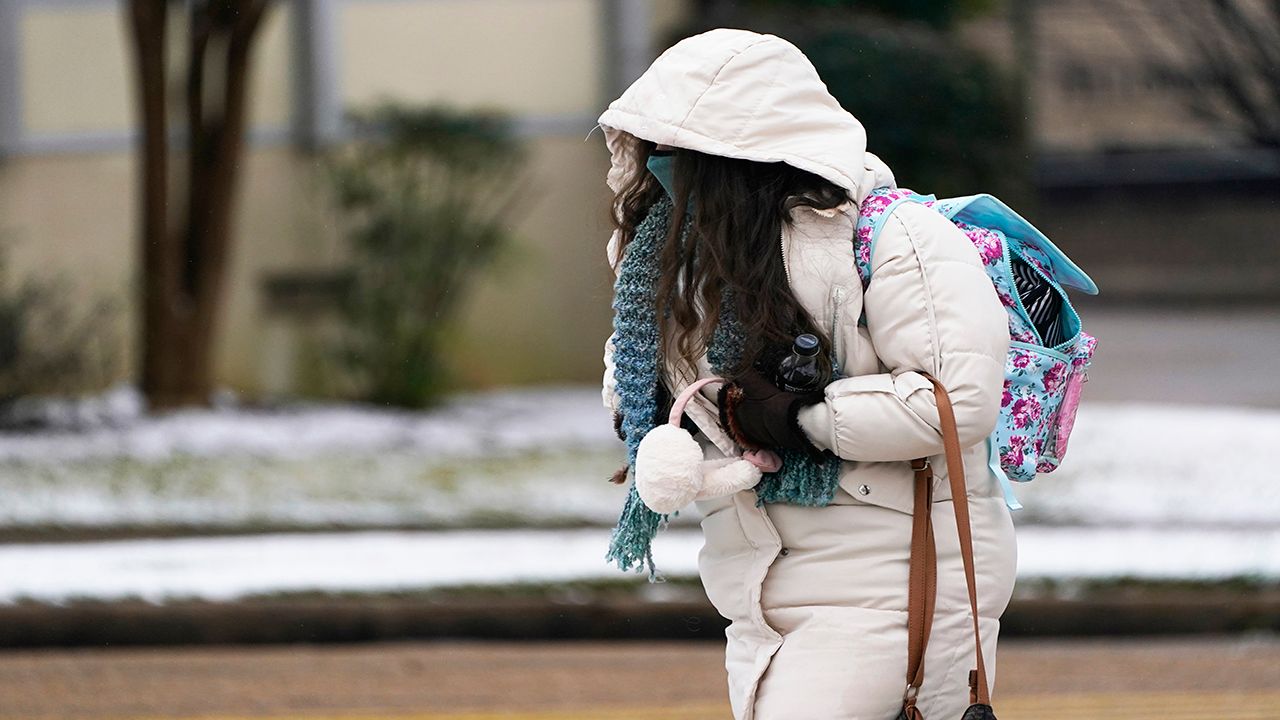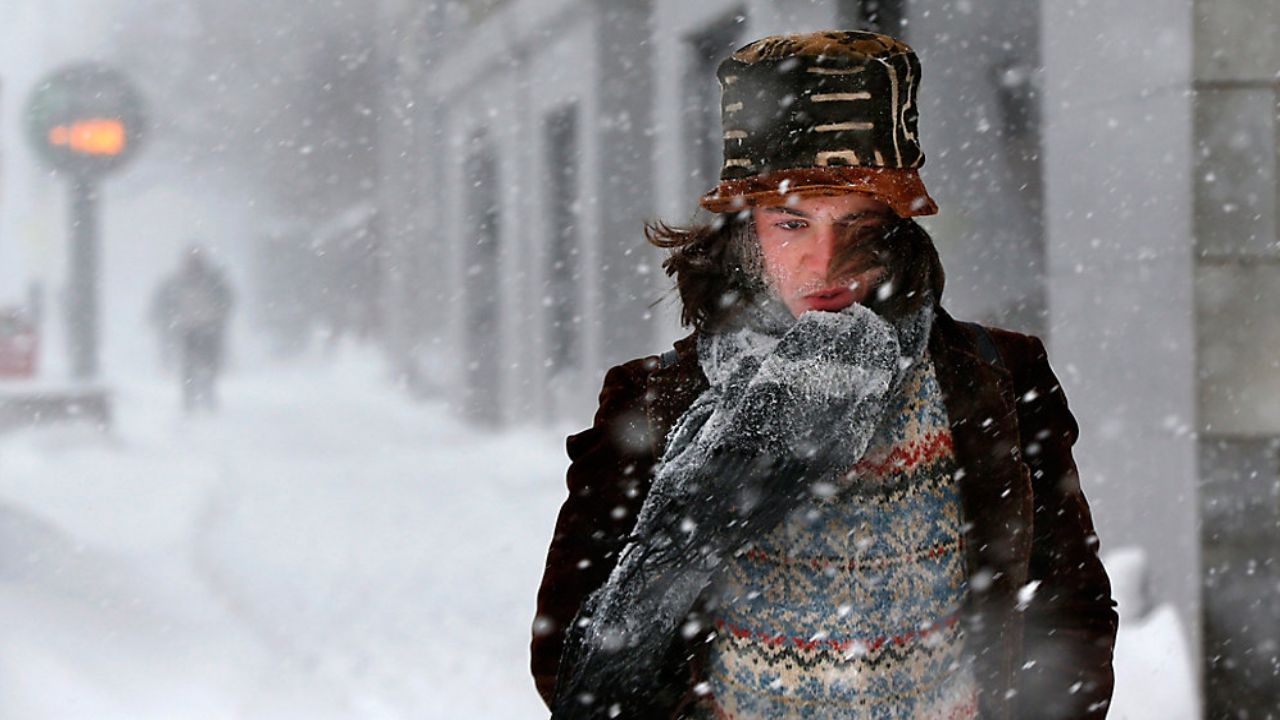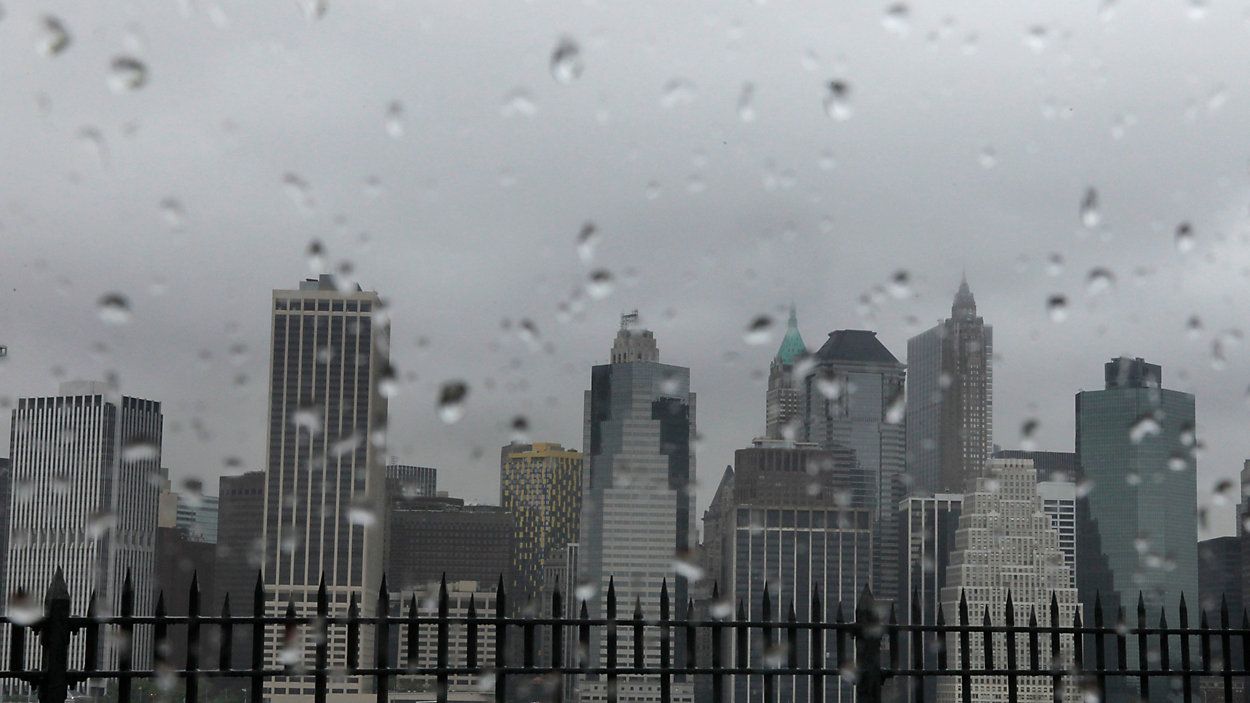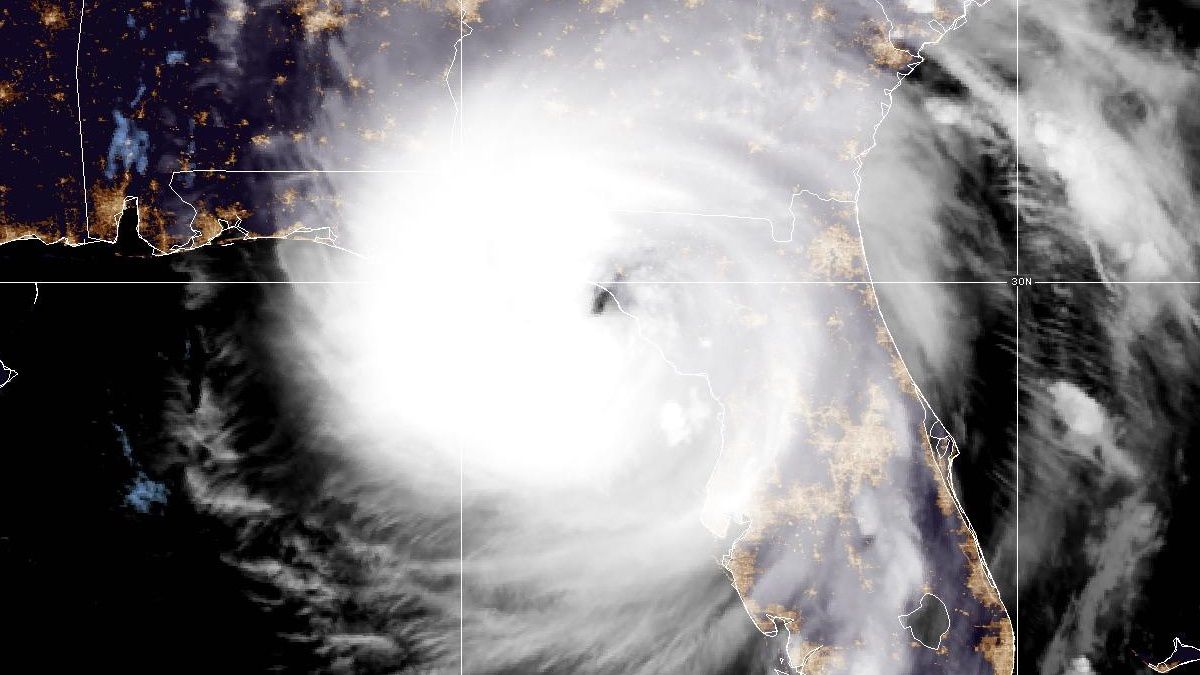It’s important to layer up and cover all exposed skin when going outside in the cold to keep you warm and to protect you from frostbite.
Frostbite occurs in cold conditions when the tissues in your body freeze, preventing blood flow to the skin.
Usually, your extremities are the first to freeze as the body protects itself by cutting off circulation to your hands, fingers, feet, toes and even your nose.
While every person and situation is different, frostbite most likely will occur in temperatures below the freezing mark. Wind and water can amplify this by making the person colder.
When going outside, pay attention to not just the temperature but the “feels like” temperature, which is the wind chill. The wind chill takes into account the temperature and wind speed.
For example, the thermometer may say 20 degrees Fahrenheit, but with a 15-mph wind speed, it would feel more like 6 degrees. Frostbite might be possible after 30 minutes in exposed skin under these conditions.
At -15 degrees Fahrenheit with just a bit of wind, the time for frostbite to occur cuts in half to just 15 minutes.

Signs of frostbite include:
- Pins and needles sensation in your skin
- Loss of feeling or numbness
- Skin that turns a pale blue or gray
- Skin that is rubbery or stiff to the touch
If these symptoms appear, people should seek medical attention quickly to reverse the effects of frostbite.
In some cases, patients have lingering numbness in the affected region even after blood flow is restored and in situations where blood flow to the skin can’t be restored, amputation is the only option.
If you find yourself outside in the cold without proper precautions, here are a few short-term solutions.
Do your best to remain calm. Working yourself up will cause the body to sweat, which will cool your body. Try moving your arms and legs slowly to keep the blood flowing, but not enough to make yourself sweat.
Prolonged exposure to the cold might make a person become hypothermic, which unfortunately, kills 1000 - 1500 people per year.






)


